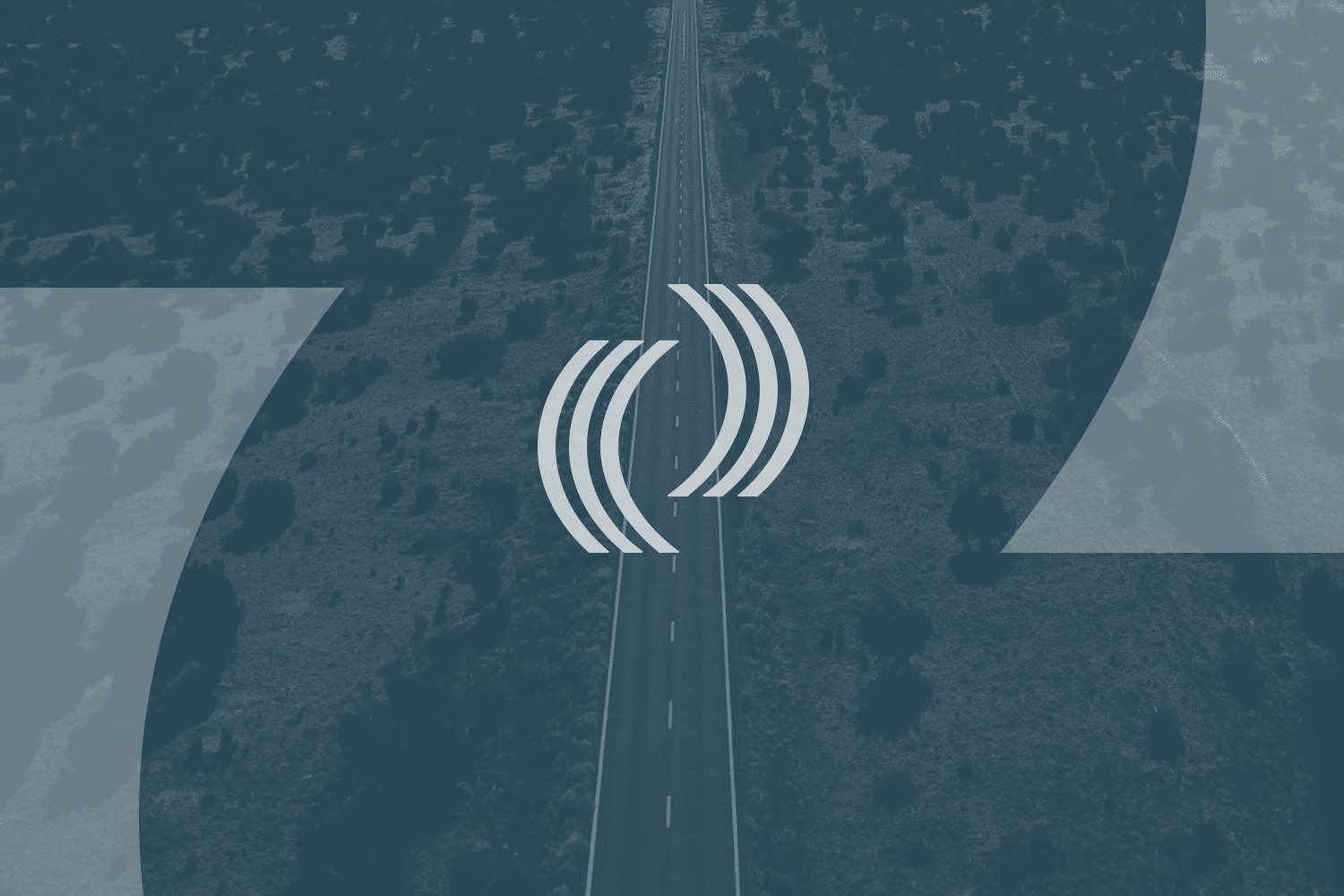When issuing any safety technology to your staff, the kind of environment that your team works in is one of the first questions to ask. Are your staff predominantly ‘safe by default’ in a low-risk environment, or ‘in danger by default’ by working in a high-risk environment?
In this article, we explore this question and argue that the wrong choice of technology will adversely affect user privacy, creating a key obstacle to staff preparedness in a ‘safe by default’ scenario.
Danger by default: Tracking’s legacy
In an emergency, ‘where are you?’ is one of the first questions that gets asked.
‘Tracking’—the idea of automatically and continuously sharing a person’s location in real time to a monitoring team—emerged as one of the first solutions to this problem, offering an early safety application of ‘GPS’ (the global positioning system) to help reduce travel risks in conflict or post-conflict ‘danger by default’ scenarios.
The related manual ‘Check-in’ emerged as a user-driven and often opportunistic location update. ‘Check-ins’ display intent and presence by acting as an open declaration of safety, allowing users to conform with internal safety policies or wider regulations (such as ‘lone worker’ regulations) while preserving location privacy at other times if needed
By time-stamping and retaining data, Tracking and Check-in carry information not just about the location but also establishes that the particular user is still connected to the safety system.
Therefore, both Tracking and Check-in bundle together four items of information: The ‘connection’, the ‘who’, and the ‘when’ as well as the ‘where’.
Due to this bundling together of sensitive information, there is a potential impact on privacy if the same technology — designed for a ‘danger by default’ scenario — is applied to a ‘safe by default’ environment.
Tracking’s total cost of ownership
We find that Tracking and Check-in are inappropriate communication methods for large organisations operating in a low-risk ‘safe by default’ environment, but who still have staff safety and well-being concerns in mind.
This is because trust, privacy, and information security issues, make adoption low and therefore lower overall preparedness.
With this in mind, the common wisdom that ‘Tracking’ — continuously sharing location data—is the only way for a safety system to implement preparedness is now losing support, particularly amongst those operating within a ‘safe by default’ scenario.
A nuanced and purposeful approach
What if we could step back from the idea of bundling so many pieces of sensitive information together and instead adopt a more nuanced, purposeful system?
We believe that privacy concerns are addressed through the idea of time and geographically limited notifications to enable structured responses. This type of ‘proximity broadcast’ is uniquely suited to safety-conscious large organisations operating in a ‘safe by default’ environment, but who want to stay prepared for disruptions.
Such a system would instead make use of the smartphone’s general purpose capabilities – an operating system handling everything from user identity and privacy, encouraging ‘privacy by design’.
This would also include to two-way multi-modal communications and notifications, guided user interactions, background network automations, location proximity, and, yes, precise location updates (but only when needed).
This is not to say that the proximity broadcast is without its own challenges. Instead of privacy issues, the primary challenges are now:
- How quickly can you send the notifications to a large group, how do you prioritise them, and manage the responses?
- How do you make the system tolerant to network conditions or other faults?
- How do you avoid ‘false negatives’, that is people who are inside the geofence, but did not get the message or respond fast enough?
- How can you make use of ‘network effects’ amongst your staff to drive up completeness of the response?
- How can the app and the entire user experience be designed to be simple and reliable enough to be used only in rare situations?
Our team is working on these closely related issues and are seeking partners who share our vision to join a preview. Please contact us at info@track24.com if you would like to be involved.

